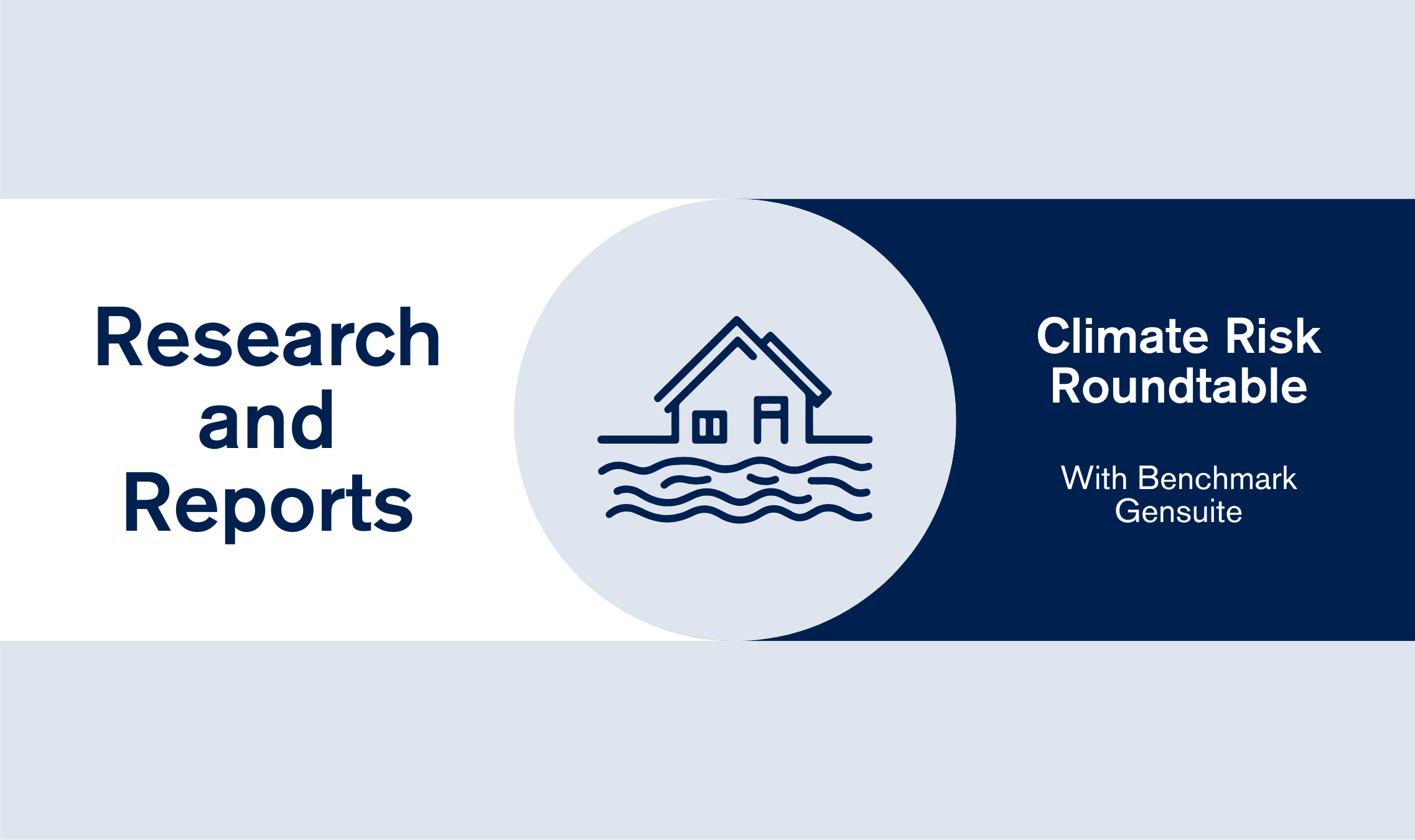Over the last two years, 2019 to 2021, impact investing has seen remarkable asset growth: from USD 0.58 trillion to 1.64 trillion, around 70% per annum. While we can be encouraged by the important mindset shifts underpinning this growth, it still begs the question: can we realistically expect current impact investing models to drive enough change in resource use and economic direction to solve today’s biggest environmental and social problems? And if not, what is needed to spur this change?
It’s important to first recognise the three important mindset changes driving this determined search for virtue combined with value.
Firstly, over the last decade, most asset managers and owners have dropped their climate-change nonchalance and replaced it with climate acknowledgement, and in some cases, even climate change activism.
Secondly, the idea that private returns do not need to come with a social cost has replaced an older, unverified, but widely held presumption that there must be an inevitable trade-off between impact and returns. Indeed, this was the title and theme of last week’s Norrsken[1] conference in Stockholm. Future-friendly capital pools are actively looking to re-allocate resources to assets with positive impact – including many funds in the USD 10.5 trillion[2] sovereign wealth fund sector, and the USD 35 trillion[3] state and national pension fund and national insurance sector.
And finally, we’re seeing a shift among next-gen entrepreneurs and family offices led by this next-generation who not only want to build and invest in businesses which are a force for good, but also avoid a decades-old approach of making money any which way and then spending the rest of their lives giving it away to philanthropic causes.
These mindset changes are undoubtedly good news – but what’s clear is that we cannot expect impact investing models alone to drive the broader change needed. Today’s economy is still largely fossil-fuel based, still largely linear and ‘take-make-waste’ and funded by USD 251 trillion[4] of global capital (roughly equal amounts of debt and equity) that is still largely focused on financial returns and shareholder value. In this context, the paucity of ‘impact investing’ assets is painful to behold. The total impact investing asset base of USD 1.65 trillion would need to be a hundred times larger to be the dominant financing model for today’s economy.
This is the key challenge I spoke about in my keynote at the Norrsken conference. The way forward needs us to move beyond the narrow field of “impact investing” into the wider landscape of “investment impact”. Every investment has social impacts, positive or negative, and the key is to measure them and disclose them, with a focus on standardisation. If investors are left unclear about what is impact and the right way to measure it, then they will quickly lose interest.
However, standards require leadership and then consensus, and these are both in short supply. Consensus is indeed emerging for measuring investment impacts using the Four Capitals framework. This trend should be leveraged to install expeditiously the Four Capitals approach as a universal and comprehensive valuation framework, so that asset managers and academics alike can spend less time promoting proprietary methodologies, and more time measuring and managing dollarized impact valuations to deliver superior financial performance. The alternative is the same proliferation of standards that has crippled ‘ESG’ analysis and caused fracturing of the sustainability community into a greener-than-you marketing face-off that does little to deliver analytical clarity or financial outperformance.
We experience this when meeting managers of listed securities. Some champion the grey area of ESG ratings as a winner-takes-all marketing opportunity to justify high fees, while others fear for their jobs if an impact standard were adopted. As if earnings and audited financial statements have derailed the fund management industry? Standardisation attracts capital rather than repels it, and that is why we should welcome it.
Lastly, it should be borne in mind that “impact” is not a single number, but rather a measure of the costs that society already bears for the corporate externalities that are no less real for being off balance sheet. How fund managers choose to use the measure of these costs opens up opportunities for proprietary strategies and new avenues through which managers can showcase their talents.
The real battle as ever is to deliver financial outperformance, which will increasingly reflect the impacts of assets under management: today’s corporate externalities are tomorrow’s risks and the day after’s portfolio losses. Including externalities and their impacts in performance metrics thus becomes a necessity, not a nice-to-have.
The opportunity for the still-too-small impact investing sector is to ask for a standardised impact lens to be adopted across all business. Measuring, valuing, reporting investment impacts should not be an option for mainstream investors, neither should it be a singular burden of proof only for impact investing assets.
Viewed through a stakeholder lens, there are intrinsic values in most impact investing strategies that will become quantitatively apparent if impact metrics were made mandatory and a level playing field established for all investments, irrespective of purpose. The purpose of impact investing is to deliver social value, and its positive externalities are par for the course. An impact lens will capture these positives, and present impact investing more fairly compared to mainstream investments. We already have the framework we need to quantify total stakeholder value: the true value of impact investment. Now is the time to embrace it.
[1] “Impact/Return” by Norrsken, a leading Swedish impact investing incubator and VC fund, see https://impactreturn.norrsken.org/
[2] Source: Statista
[3] Source: OECD
[4] Source: Securities Industry and Financial Markets Association, 2022, https://www.sifma.org/resources/research/fact-book/





